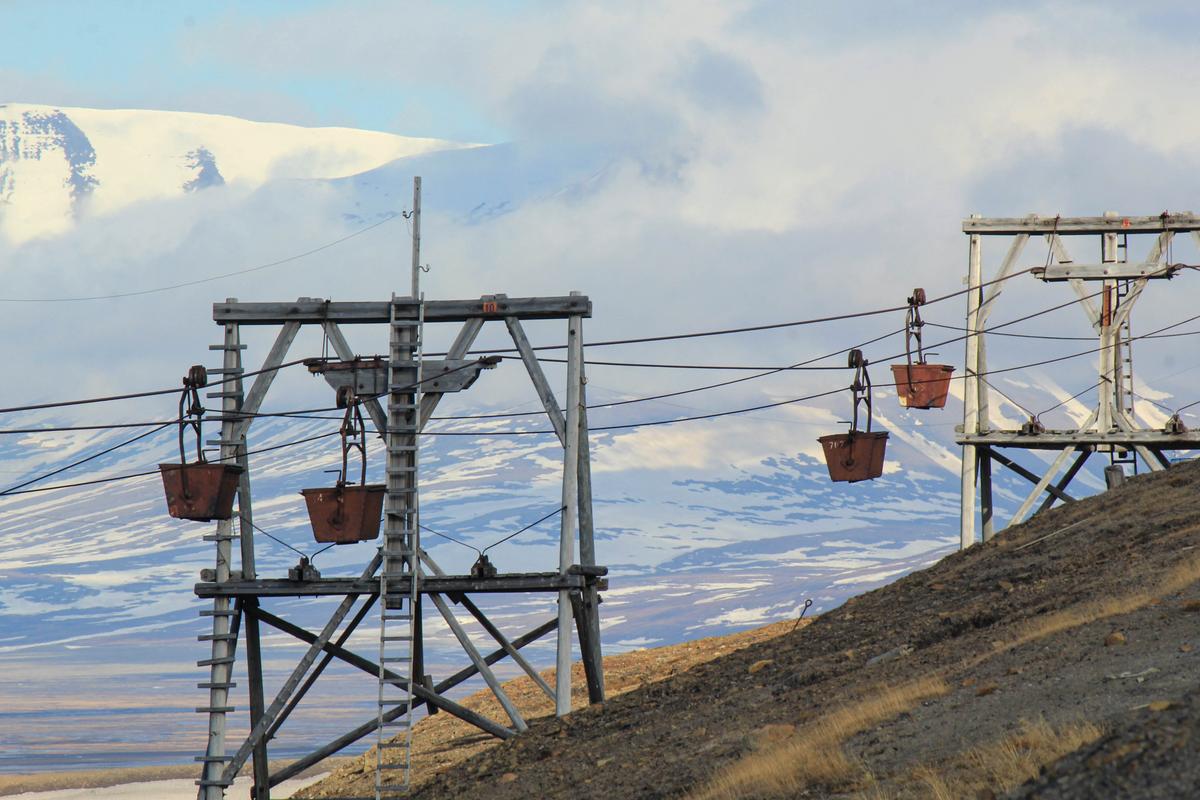1. February - 28. February
Everyone has heard about the half-year-long polar nights and days. But have you ever wondered what happens when the night loses its power and the day takes its place? This magic moment is called the “blue hour”. It is a very, very short season when light returns into valleys and dyes the whole world blue. The blue hours are the most charming and precious days in Svalbard; most likely because it fades away in the blink of an eye.
Activities: Sightseeing
1 Day
Difficulty: 1/3

Activities: Dogsledding
1 Day
Difficulty: 2/3

Activities: Sightseeing, Hiking and Trekking
1 Day
Difficulty: 2/3

Activities: Snowscooter Tour
1 Day
Difficulty: 2/3

Activities: Snow hiking, Hiking and Trekking
1 Day
Difficulty: 2/3

Activities: Snow hiking, Hiking and Trekking
1 Day
Difficulty: 3/3

Activities: Snow hiking, Hiking and Trekking
1 Day
Difficulty: 3/3

Activities: Sightseeing
1 Day
Difficulty: 1/3

Activities: Sightseeing
1 Day
Difficulty: 1/3








